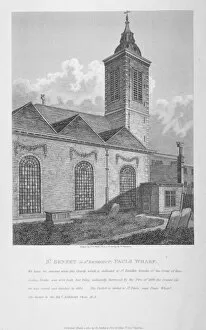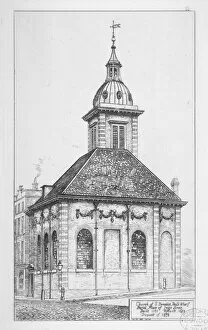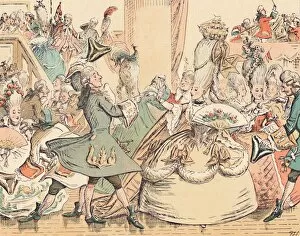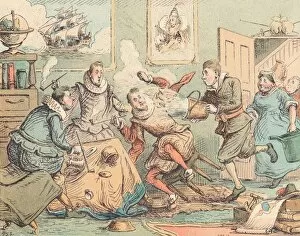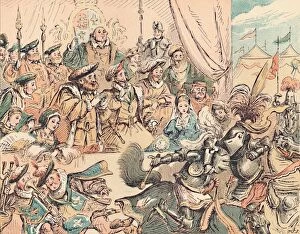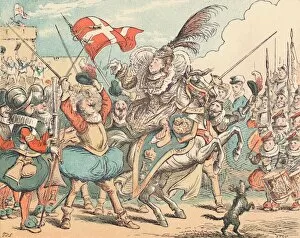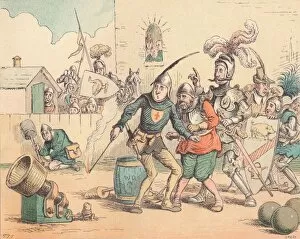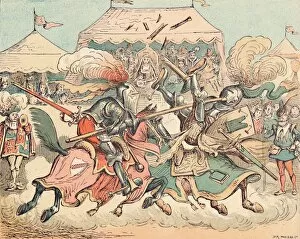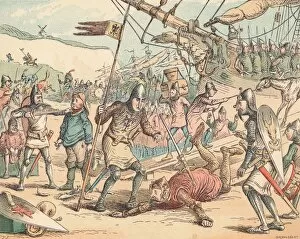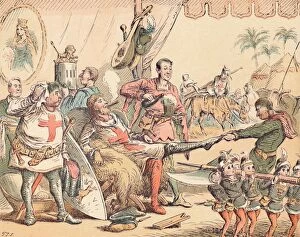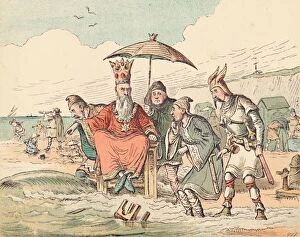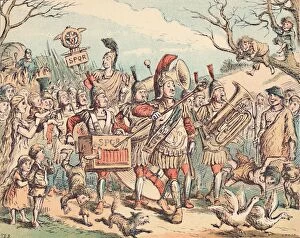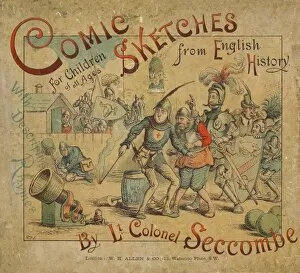Thomas Strong Collection
Thomas Strong was a talented artist known for his historical paintings that captured the essence of different eras
For sale as Licensed Images
Choose your image, Select your licence and Download the media
Thomas Strong was a talented artist known for his historical paintings that captured the essence of different eras. His attention to detail and ability to transport viewers back in time is evident in works such as "Church of St Benet Pauls Wharf, City of London" painted in 1810 by JW White and later recreated by W Niven in 1874. In the late 19th century, Thomas Strong Seccombe showcased his skills with pieces like "A Court Ball in the Eighteenth Century, " where he depicted the grandeur and elegance of this era. He also explored significant events such as "Sir Walter Raleigh's Pipe Put Out, " capturing a moment that symbolized power dynamics during that time. Seccombe's passion for history continued with masterpieces like "The Field of the Cloth of Gold, " which portrayed an extravagant meeting between two monarchs. Another notable work, "Queen Bess at Tilbury Fort, " showcased Queen Elizabeth I's strong presence during times of conflict. "The Introduction of Artillery" highlighted technological advancements while "Richmond at Sea" depicted naval battles. Seccombe also delved into medieval times with artworks like "A Tournament in the Middle Ages. " Additionally, he commemorated pivotal moments such as "The Landing of William the Conqueror" and brought legendary figures like King Richard I to life through paintings. Through his artistry, Thomas Strong Seccombe transported audiences across centuries, allowing them to witness historical events firsthand. His dedication to accuracy and storytelling made him a revered figure among art enthusiasts who appreciate both beauty and education within each stroke on canvas.

